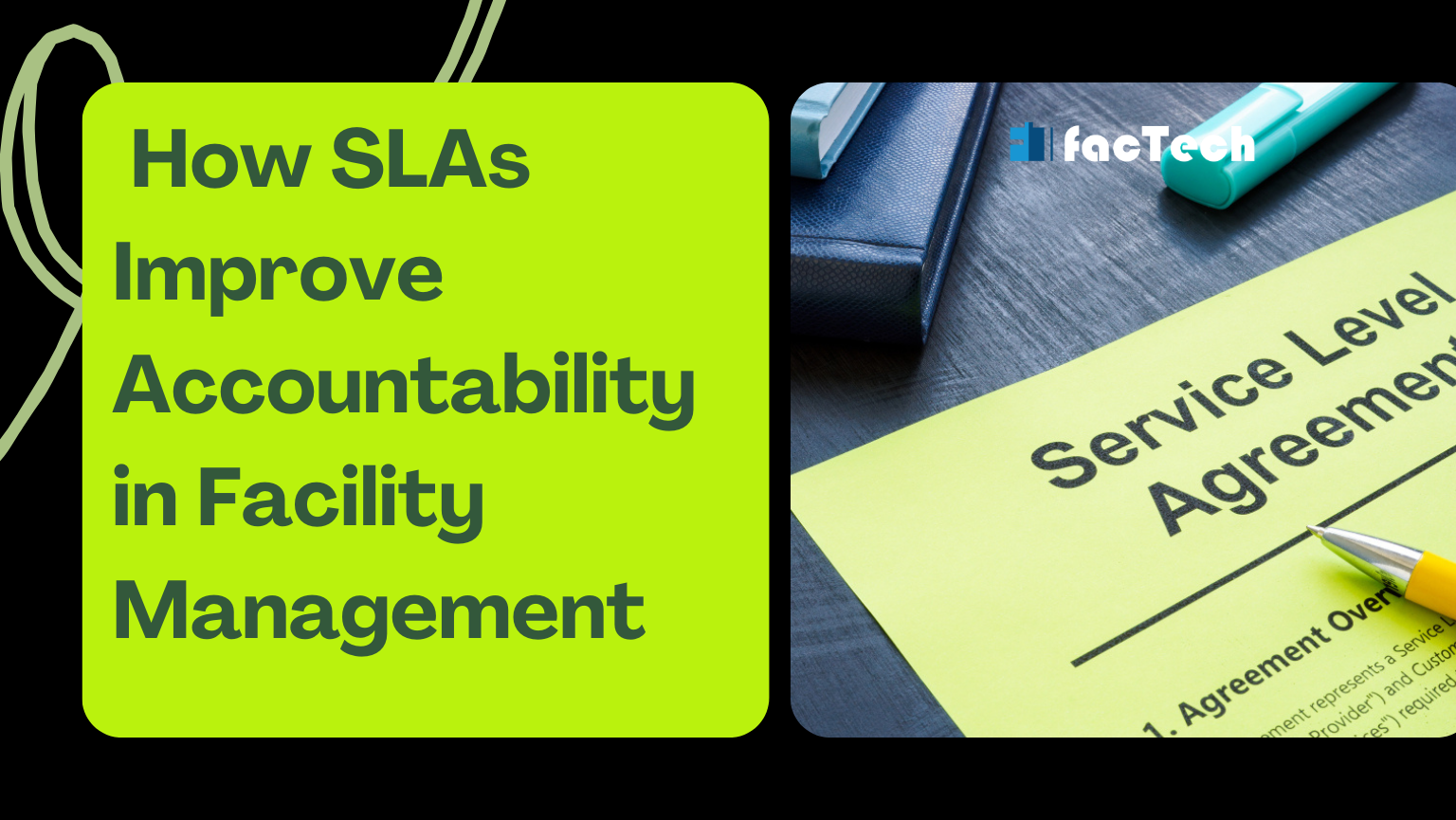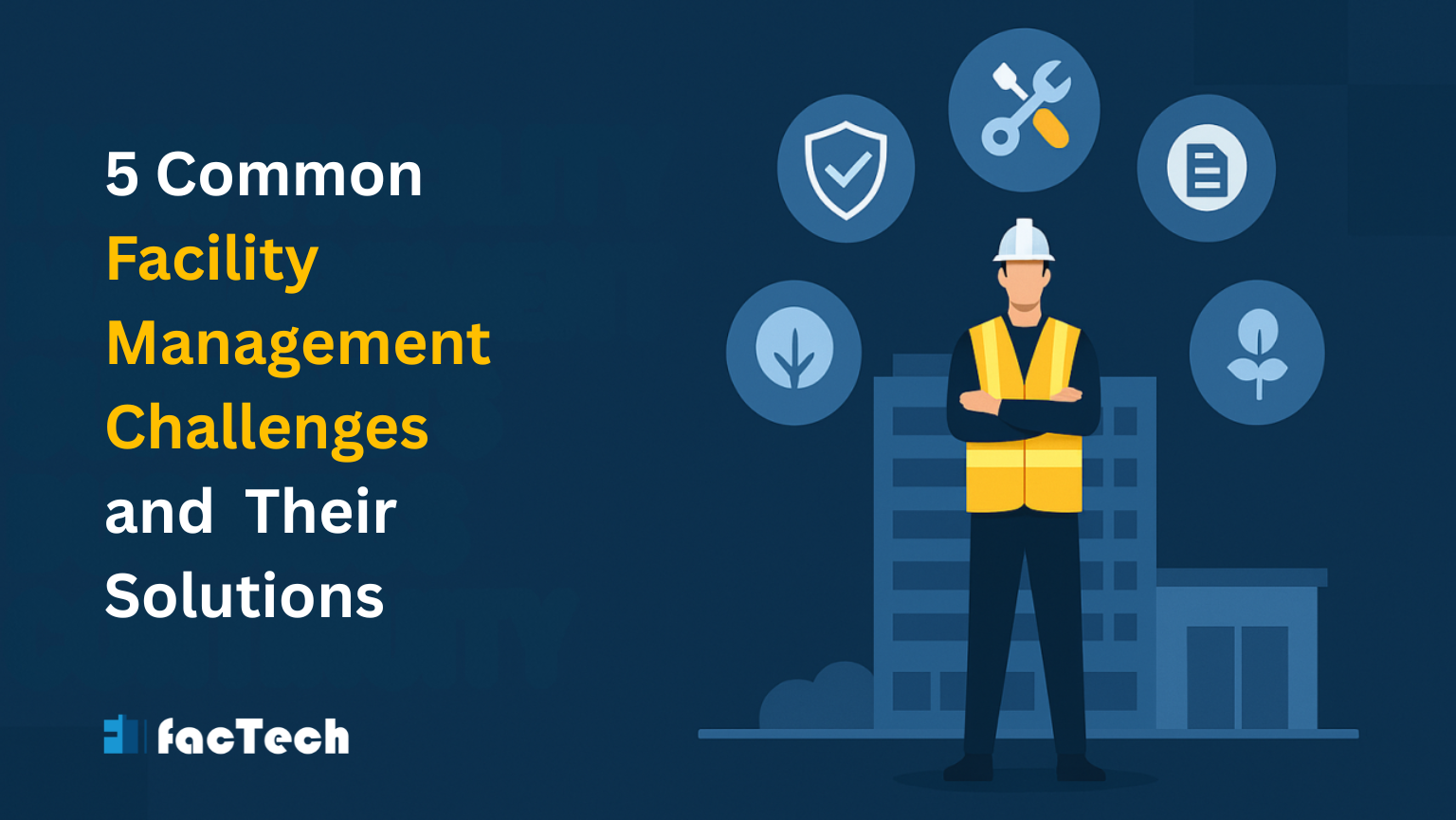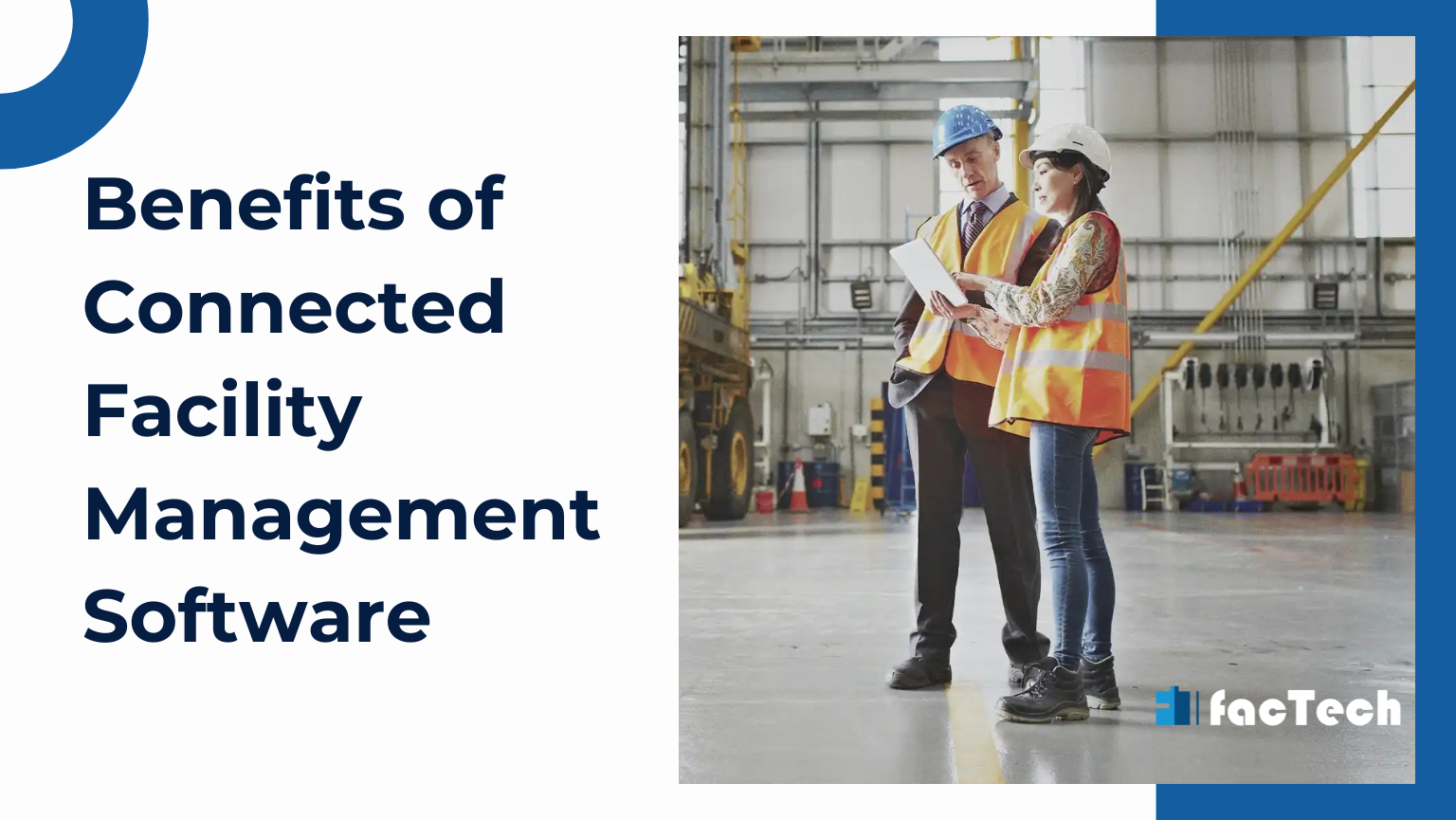How SLAs Improve Accountability in Facility Management
Regarding facility management services, open communication and mutual understanding between service providers and customers are absolutely vital. Here is where service-level agreements (SLAs) come into application. These contracts cover a range of services, standards, and measurements that ensure flawless cooperation. Integration with a strong facility management system magnifies the power of SLAs, therefore establishing an open and effective environment for all the stakeholders.
Facilities managers would have many difficulties without SLAs, including uneven performance, imprecise expectations, and poor service quality. Setting explicit policies and quantifiable criteria helps SLAs to create a foundation for operational excellence in service delivery.

What is an SLA, or Service Level Agreement?
Formally, a Service Level Agreement (SLA) is a commercial agreement defining the scope of services, performance criteria, and obligations of both sides between a client and a service provider. SLAs apply in facilities management to services including security, HVAC systems, cleaning, and building maintenance.

SLAs’ Significance in Facility Management
More than merely documentation, SLAs form the basis for responsibility and confidence in facility management operations. These contracts specify roles, set quantifiable targets, and help the client and the service provider to match objectives.
Filling in the Gaps with Clear Metrics
Miscommunication frequently leads to unplanned outcomes and failure to meet standards. SLAs fill in these gaps by giving clear ways to measure success. Measurable parameters keep everyone on the same page when it comes to response times, maintenance plans, or energy optimization.
Adjusting to Current Requirements
SLAs that can adapt to changing demands are necessary in today’s dynamic situations. In the face of economic expansion or technology breakthroughs, a strict agreement may backfire. With the flexibility that modern SLAs offer, service level modifications can be made without interfering with business activities.
Overcoming Typical Obstacles
Uncertain expectations are a major problem in facility management. SLAs mitigate this by outlining every detail that includes information related to cleaning standards and safety protocols.
Improving Value Beyond Compliance
Although compliance is a basic feature of SLAs, its actual worth is in encouraging teamwork. SLA prompts proactive innovation and problem-solving by establishing a shared vision.
Also, read SLA in facility management.

Improve Accountability with SLA in Facility Management
SLAs are effective tools that promote responsibility in many different ways, not only as a list of services.
Explicit Expectations and Correspondences:
Explicitly defining what services will be offered, the standards to which they will be delivered, and who is accountable for each element, SLAs help to this and guarantees that everyone knows their responsibilities. An SLA might say, for example, that the maintenance crew will answer calls for urgent HVAC repairs within two hours during business hours.
Comparable Performance Measures:
Good SLAs consist of measurable criteria for objective performance monitoring. SLAs provide clear standards like “95% of urgent requests resolved within 4 hours,” rather than nebulous claims like “prompt service.” This lets the recipient as well as the service provider monitor development and point out areas needing work.
Defined Reactions for Non-Compliance:
Many times, SLAs specify the fines or corrective steps to be done when service standards fall short. This might cover internal performance reviews for in-house teams as well as financial penalties for contracted vendors. The existence of these repercussions motivates the facility management staff to strongly follow the set criteria.
Improved Transparency and Clarity:
Open communication and performance reporting find a structure in SLAs. Frequent reports based on the specified criteria let stakeholders know how the facility management team is performing and whether any deviations from the stated service levels exist. This openness promotes honest communication and helps to establish trust.
Tenant Satisfaction and Enhanced Service Quality:
Clear criteria and responsibility for the facility management team help to finally result in better service quality. Tenant satisfaction naturally rises when problems are resolved quickly and effectively and when amenities are kept up.
Data-Driven Decision Making:
The performance data collected via SLA monitoring provides valuable insights for decision making. Facility managers can proactively implement improvement by analyzing trends and spotting recurring problems.

Leveraging Factech’s Facility Management System for SLA Tracking and Management
Our FM system provides you centralized information related to SLA, including the agreement itself. It ensures accuracy and easy access to data.
The system can automatically track key performance indicators (KPIs) defined in SLAs and generate automated alerts when service levels are in danger.
When a service request arises in the FM system, it is automatically assigned to the required team on the basis of SLAs.
It helps the facility manager in generating accurate reports on SLA performance.
It improves communication between tenants and facility management teams, which helps in faster issue resolution.
The system preserves a thorough audit trail of every action made, therefore offering a clear record of who did what and when. This increases responsibility and facilitates the identification of the main cause of every SLA breach.
The bottom line
Service level agreements are essential instruments for encouraging accountability and pushing excellence in facility management. By clearly establishing expectations, defining quantifiable performance criteria, and delineating roles, facility managers are able to provide better tenant satisfaction and service quality. But when SLAs are integrated with a strong facility management system, their actual power is released. Factech offers the best facility management system for SLA integration. Our system helps facility managers to efficiently track SLA adherence, proactively resolve problems, and always enhance their services by offering centralized data, automatic monitoring, simplified workflows, and thorough reporting. Contact us for a free demo.
FAQs
Q.1 What is an SLA in facility management?
SLA is an agreement that defines services, performance levels and responsibilities between the FM team and services recipient.
Q.2 How does SLA make facility management more accountable?
It sets clear expectations, uses measurable metrics, defines consequences, and improves transparency.
Q.3 How does a facility management system help with SLAs?
It centralizes data, automates tracking, streamline workflows, and provides performance reports for better SLA management.
Q.4 What are some examples of services covered by FM SLAs?
Maintenance response times, cleaning standards, security incident response, and help desk resolution times.












